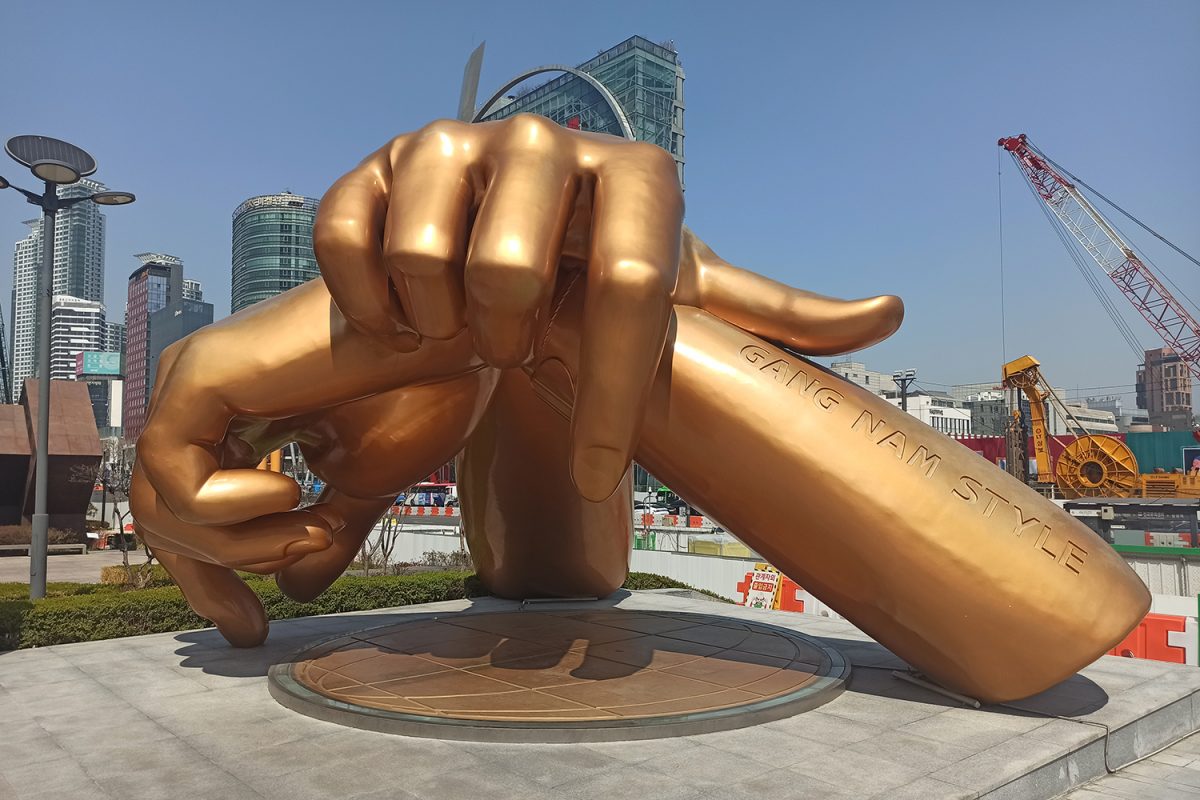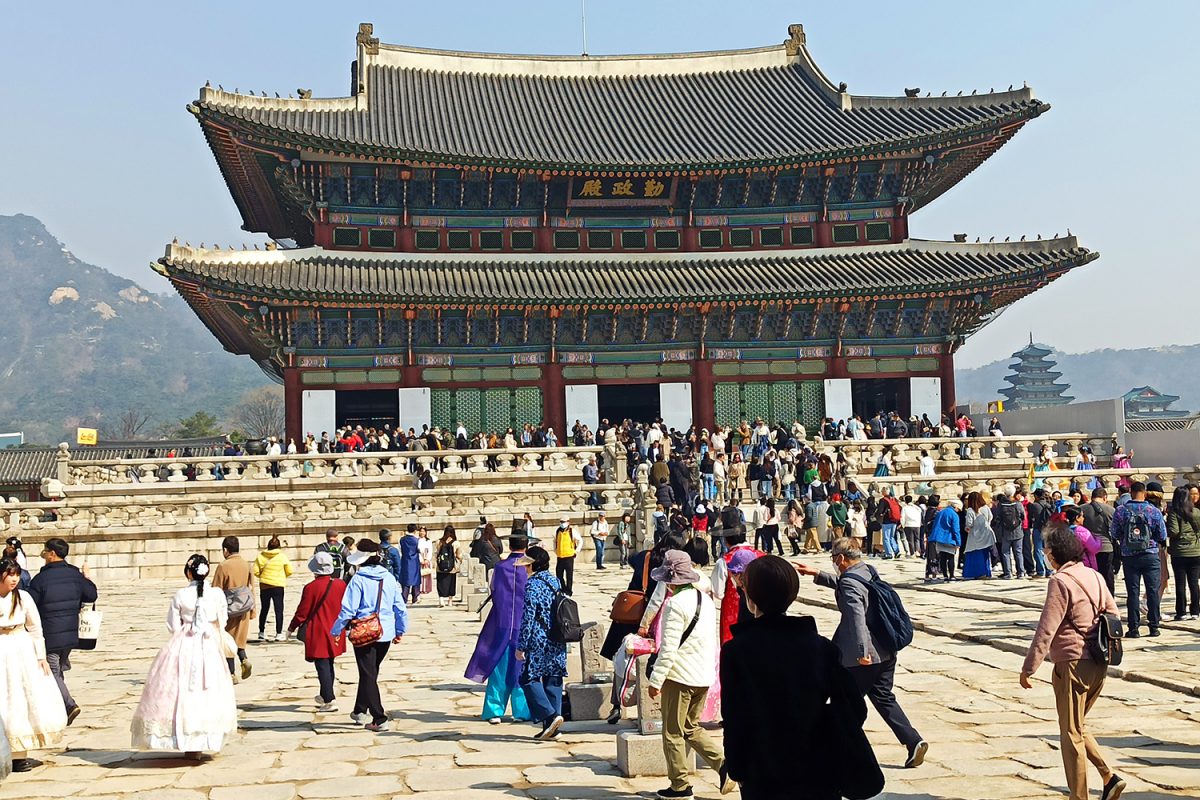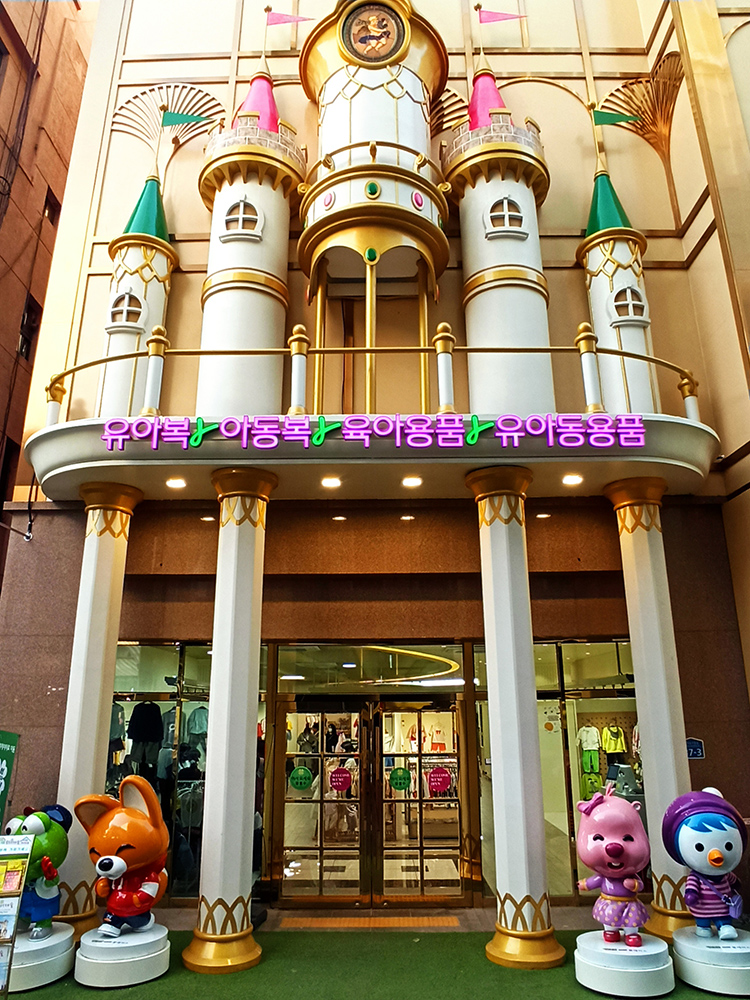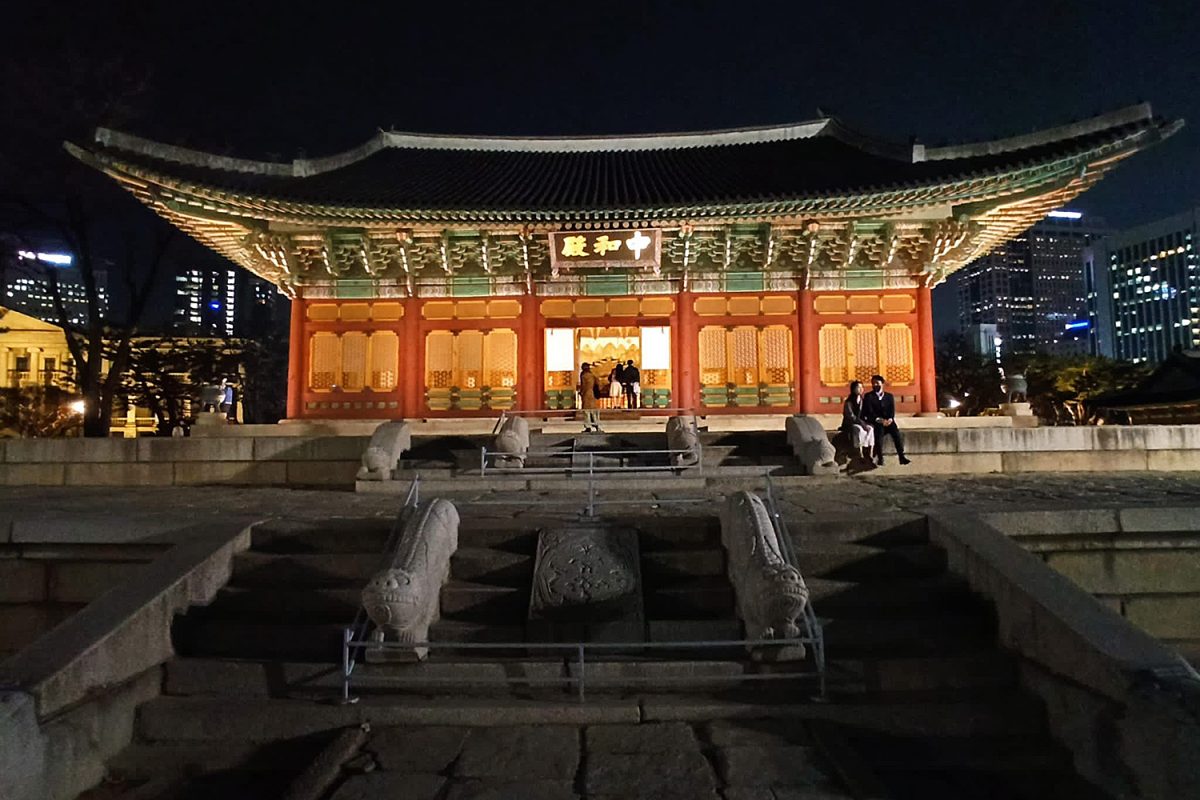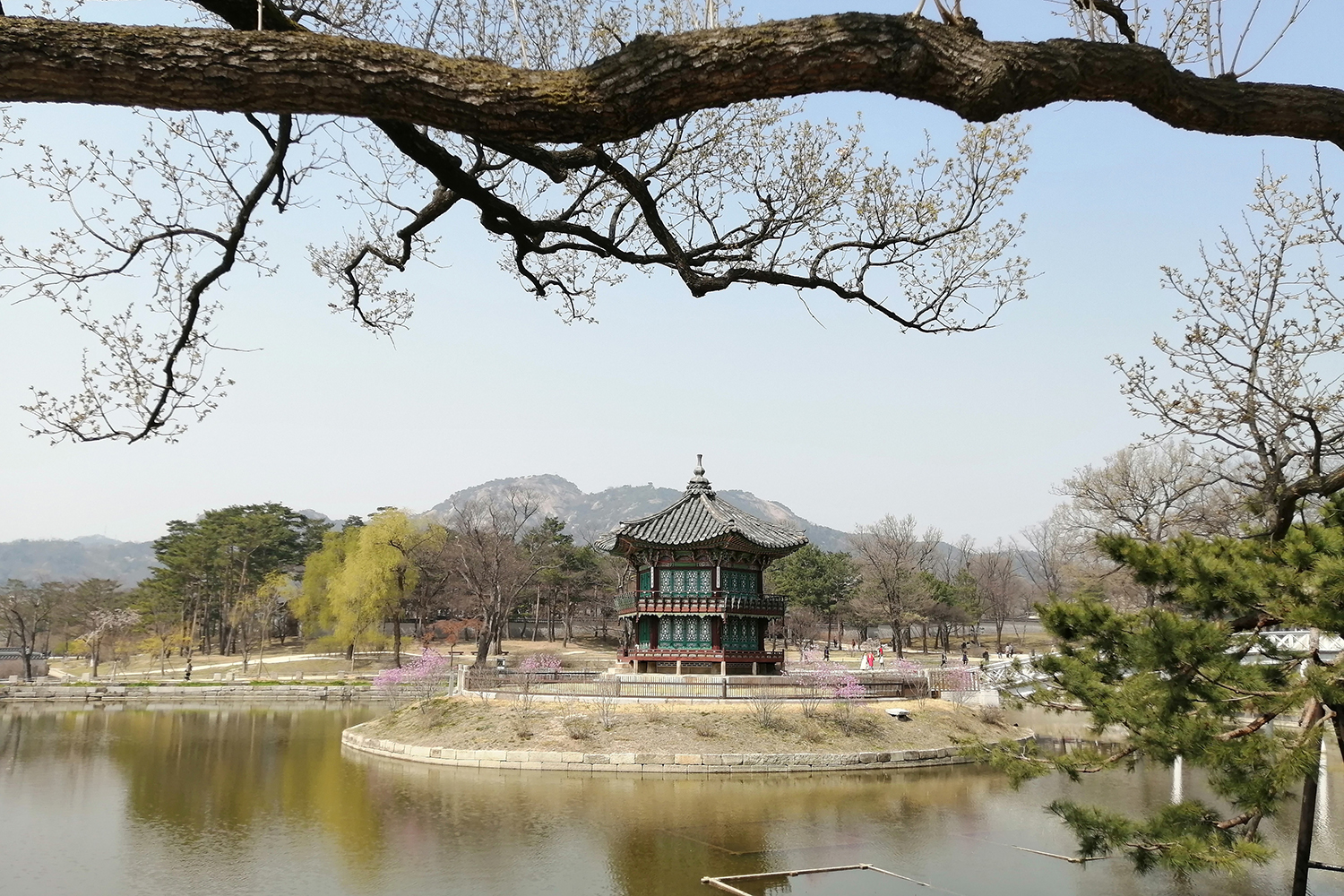Between palaces, temples and Gangnam Style Future City Goes Global: With Dr. Stefanie John, Professor Rüdiger Heinze and Professor Eckart Voigts in Seoul
What will the liveable city of tomorrow look like? In order to find answers to these questions, scientists from the research focus “Future City” are exchanging ideas with researchers from around the world. In the series “Future City Goes Global” they take us to other cities, show differences and similarities and report on planned research collaborations. Dr. Stefanie John, Professor Rüdiger Heinze and Professor Eckart Voigts from the Institute of English and American Studies give us insights into their stay in Seoul and Chungbuk National University in South Korea.
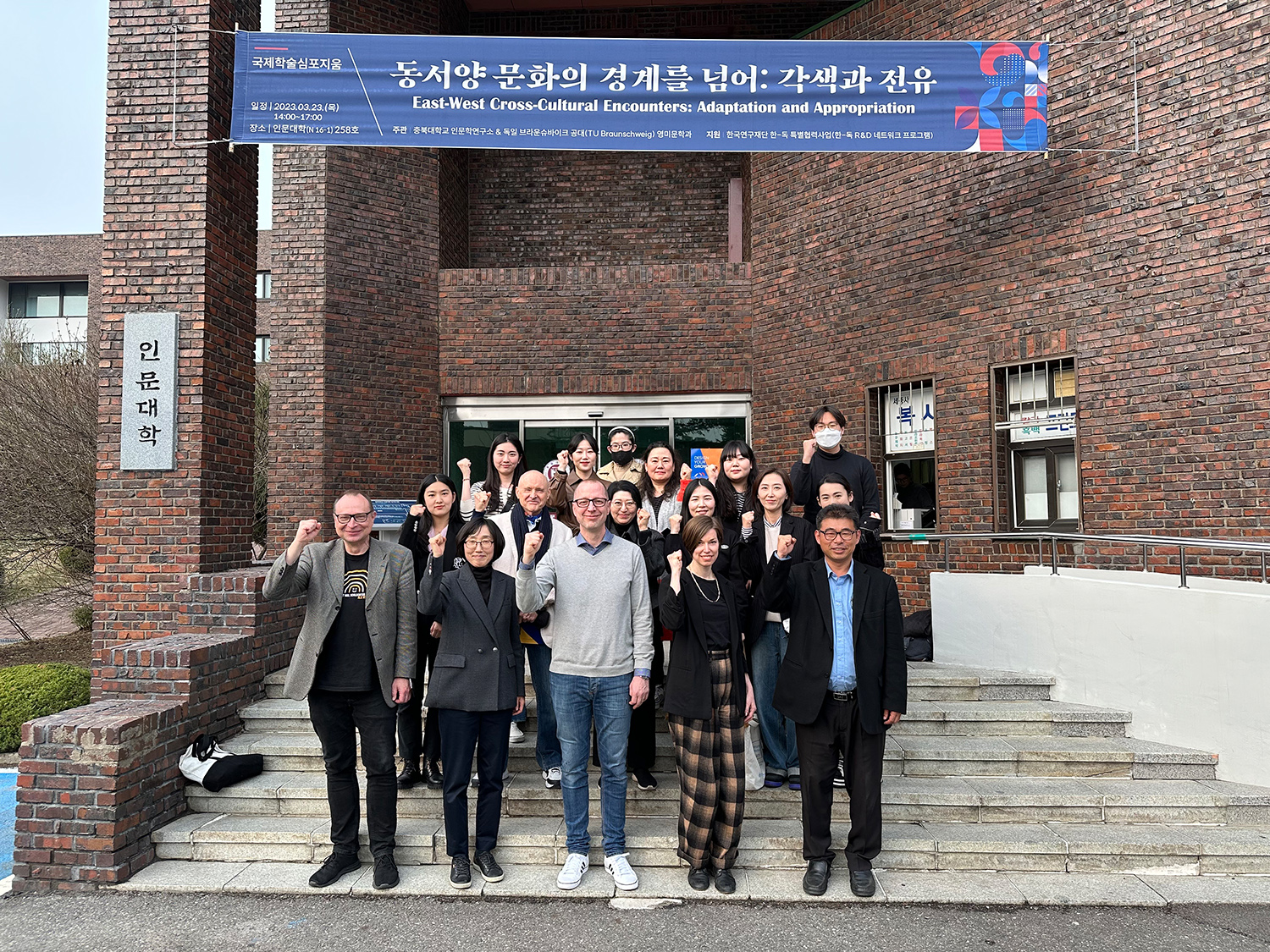
The participants in the symposium “East West Cross Cultural Encounters: Adaptation and Appropriation”. Photo credit: Stefanie John/TU Braunschweig
What was the reason for your journey?
We – Dr. Stefanie John, Professor Rüdiger Heinze and Professor Eckart Voigts – travelled together to Seoul and Cheongju, South Korea. We were guests at Chungbuk National University for a total of two weeks as part of a project by the German Research Foundation DFG and the National Research Foundation of Korea NRF to establish international collaborations. The universities we visited, besides the state-run Chungbuk National University also the private institutions Hanyang University and Yonsei University, are all chic campus universities with well-tended green spaces.
Which research topics were the focus during your stay?
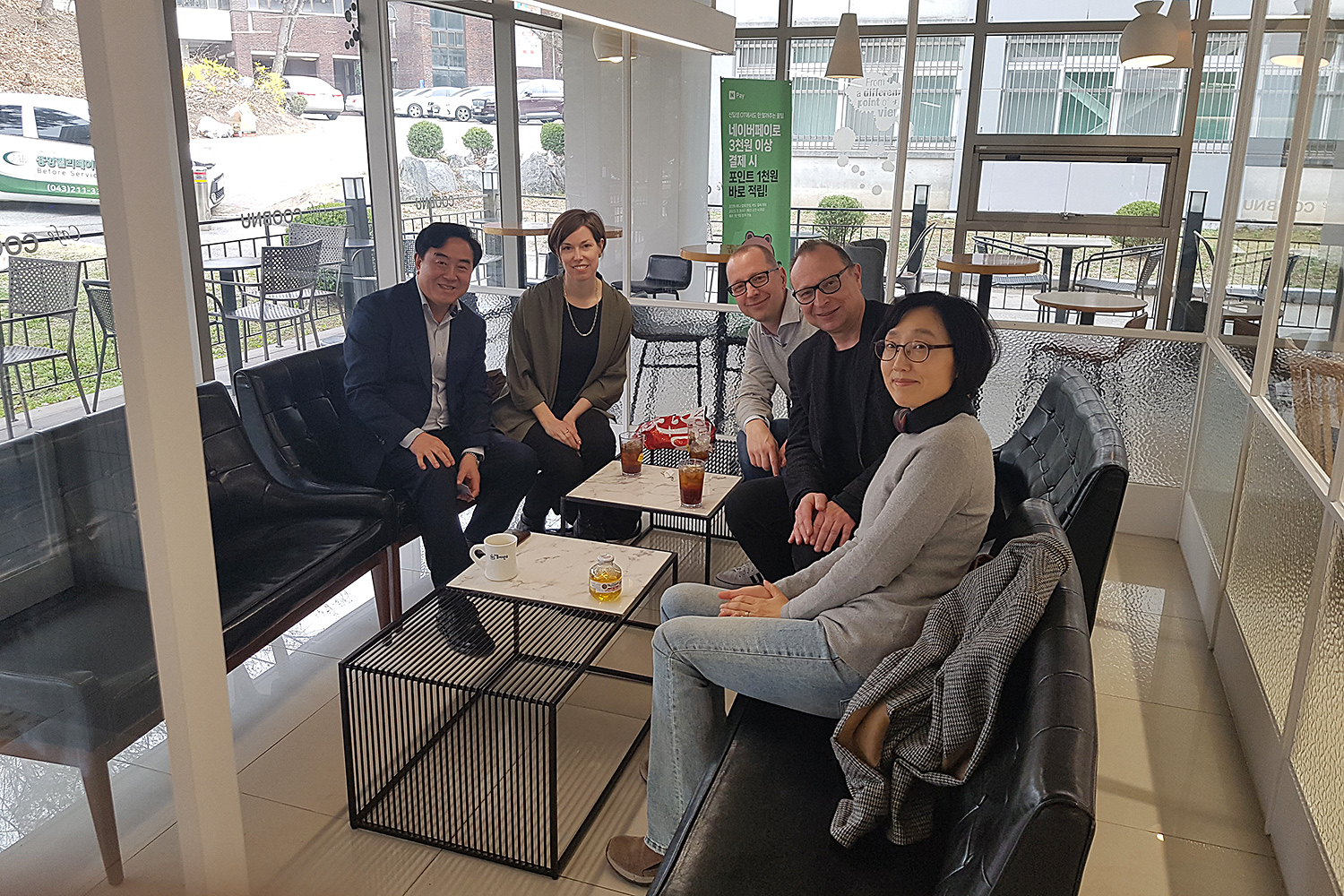
Business lunch with the designated president of Chungbuk National University. Photo credit: Stefanie John/TU Braunschweig
Our topic: “Transcultural Adaptation and Appropriation: East-West-West-East”. Using a broad concept of adaptation, we dealt with adaptation processes and transculturality in the context of cultural East-West relations. One result of the cooperation is already a jointly written research paper by Professor Voigts and our Korean partner – Professor Heebon Park – on “cloned” TV formats in Great Britain and South Korea, which has just been accepted for publication in the OUP journal Adaptation. In this respect, we were also interested in Hallyu – the South Korean Wave – which has led to a self-conscious pop culture, with a globally impactful entertainment industry, from the ubiquitous girl band Blackpink to films like Parasite (Bong Joon-ho) and K-dramas like Squid Game and Kingdom.
“What is very fascinating about the Korean wave Hallyu is how this traditionally rather closed-off country has found an ultra-modernity with democratisation and opening up in just a few decades.”
What impressed you the most in the city? What was your personal highlight?
In Seoul, we were particularly impressed by the modernity of the infrastructure (subways, taxis, hotel facilities, public Wi-Fi) and the cityscape as a whole, which offers fascinating contrasts between old (palaces, Buddhist temples, shrines) and new (high-rise architecture, shopping malls). Old and especially young stroll through the grounds in historical dress (hanbok), for example of the Gyeongbokgung Palace, while the Dongdaemun Design Plaza – a recommendation especially in the evening – impresses with the breathtaking architecture of star architect Zaha Hadid and lively public spaces.
What is very fascinating about the Korean wave Hallyu is how this traditionally rather closed-off country has found its way to ultra-modernity with democratisation and opening up in just a few decades. In Gangnam, there is a huge sculpture celebrating the global phenomenon of a single pop song (Psy’s inescapable “Gangnam Style”). It is also exciting to see how much the kawaii aesthetic – i.e. a pop culture of cuteness – shapes the cityscape.
A favourite place was the Cheonggyecheon Stream, a “revitalised” river formerly covered by an elevated road, which runs right through the city centre and invites people to linger and stroll with attractive footpaths, planting and street art. As an axis through the city centre, the Cheonggyecheon path offers pedestrians a good alternative to the busy streets. A walk through the historic residential buildings (Hanok) in Bukchon Village or a view over the Seoul Tower is also worthwhile in this city of contrasts.
What makes this city special? What could we adapt for German cities?
The digitalisation of public space is exemplary – we were in real Smart Cities.
Also noticeable were the cleanliness and safety in public places in Seoul and the prosperity in the inner-city districts. South Korea is well organised and Germany is apparently also considered a well-organised location. On the other hand, Seoul and also other South Korean cities suffer from increased air pollution and demographic problems such as the overall low birth rates in Korea. A certain uniformity of the rapidly raised high-rise buildings is also partly unmistakable.
“The digitalisation of public space is exemplary – we were in real Smart Cities.”
The shopping structure is characterised by the usual global chains, but also a consumer culture all of its own with brands like “Kakao” or “Lotte” – actually named after Goethe’s The Sorrows of Young Werther. At the same time, however, there were very generous green spaces around the temple complexes and the sensational architecture already described.
The culinary diversity is impressive and appealing to adventurous gourmets. And a robot is sometimes used as a service staff in the hotel.
What is the number one means of transport in the city?
Underground, taxi/Uber, car. As a visitor, you can reach a lot on foot and by underground. Infrastructures such as the Seoul Metro and the KTX (Korea Train Express) are not only means of transport, but claim the status of sights in their own right. The train connections are great – so get on the “Train to Busan” (beware, the insiders know).
Which research cooperations are planned?
The next step is a second workshop within the framework of the DFG project, this time in Braunschweig. In addition, further networking with researchers from Chungbuk National University is planned, for example through a Memorandum of Understanding, and possibly also a further exchange of researchers and students.

